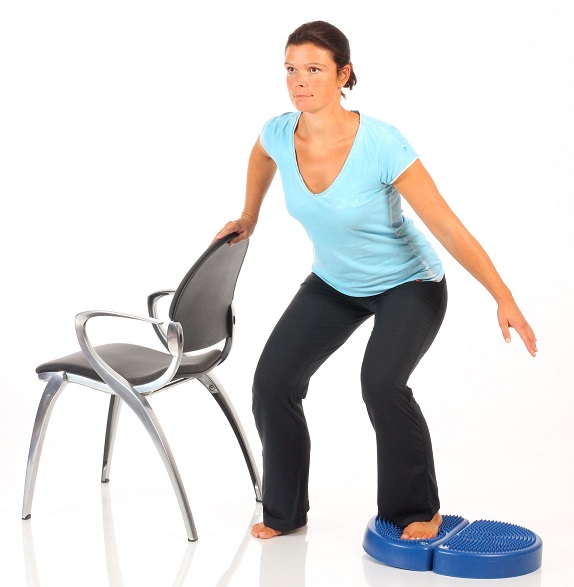Everybody needs coordination skills to manage the demands of everyday life, and the physical movement and actions required.
The overarching objective of general coordination training, and training of spatial awareness in particular, with regard to the activities of daily life is:
– The optimisation of posture and movement patterns
– Improvement of the economy of movement
– Movement security for daily activities
– The improvement of self-confidence, self awareness and well-being
Whether our coordination is disturbed or uses up too much energy is dependant on our perception and the resulting physical reactions. In this way it is also connected with the intellectual, physiological and psychological scope of each individual. A characteristic feature of coordination skills is the respectively specific unit of awareness and motor skills.
Coordination training is important here:
Coordination training denotes the abilities of the neuromuscular system to coordinate and perform complex movement patterns.
Good coordination is the prerequisite for effective movement, and thus for the achievement of sporting goals, while at the same time representing a useful tool for injury prevention.
Coordination is based on the reception and fast processing (ZNS) of external inputs in connection with the associated muscles.
Coordination training develops movement sequences without compensatory mechanisms. The more physical movement patterns can be recalled, the lower the danger that an unexpected situation does not have a movement pattern available, and therefore avoids an increased risk of injury.
It is important to work on areas such as orientation, differentiation, balance and reaction abilities etc.

The importance of training which focuses on the enhancement of these coordination and sensomotoric processes has been increasingly recognised in recent years.
The goal of the training is improvement in the information intake as well as the processing and application in targeted physical activities which make “optimal movement” possible.






